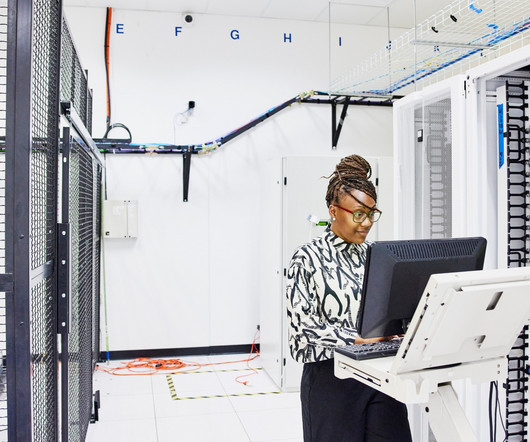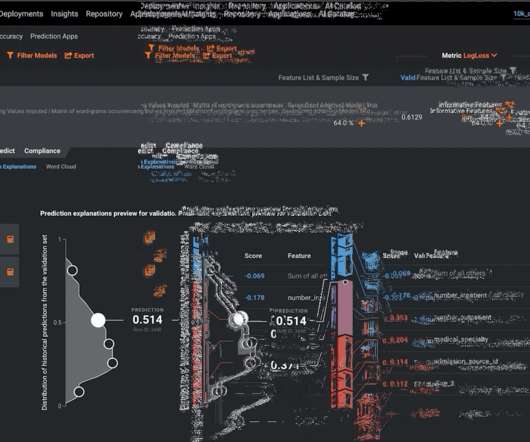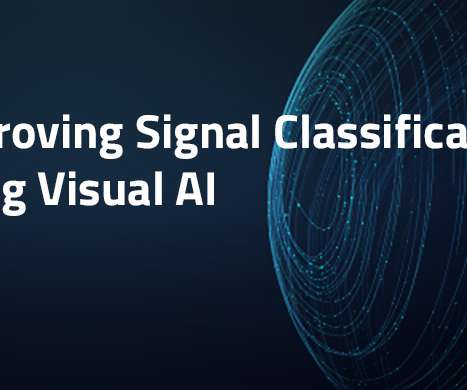Bringing an AI Product to Market
O'Reilly on Data
JULY 28, 2020
Product Managers are responsible for the successful development, testing, release, and adoption of a product, and for leading the team that implements those milestones. The first step in building an AI solution is identifying the problem you want to solve, which includes defining the metrics that will demonstrate whether you’ve succeeded.



























Let's personalize your content